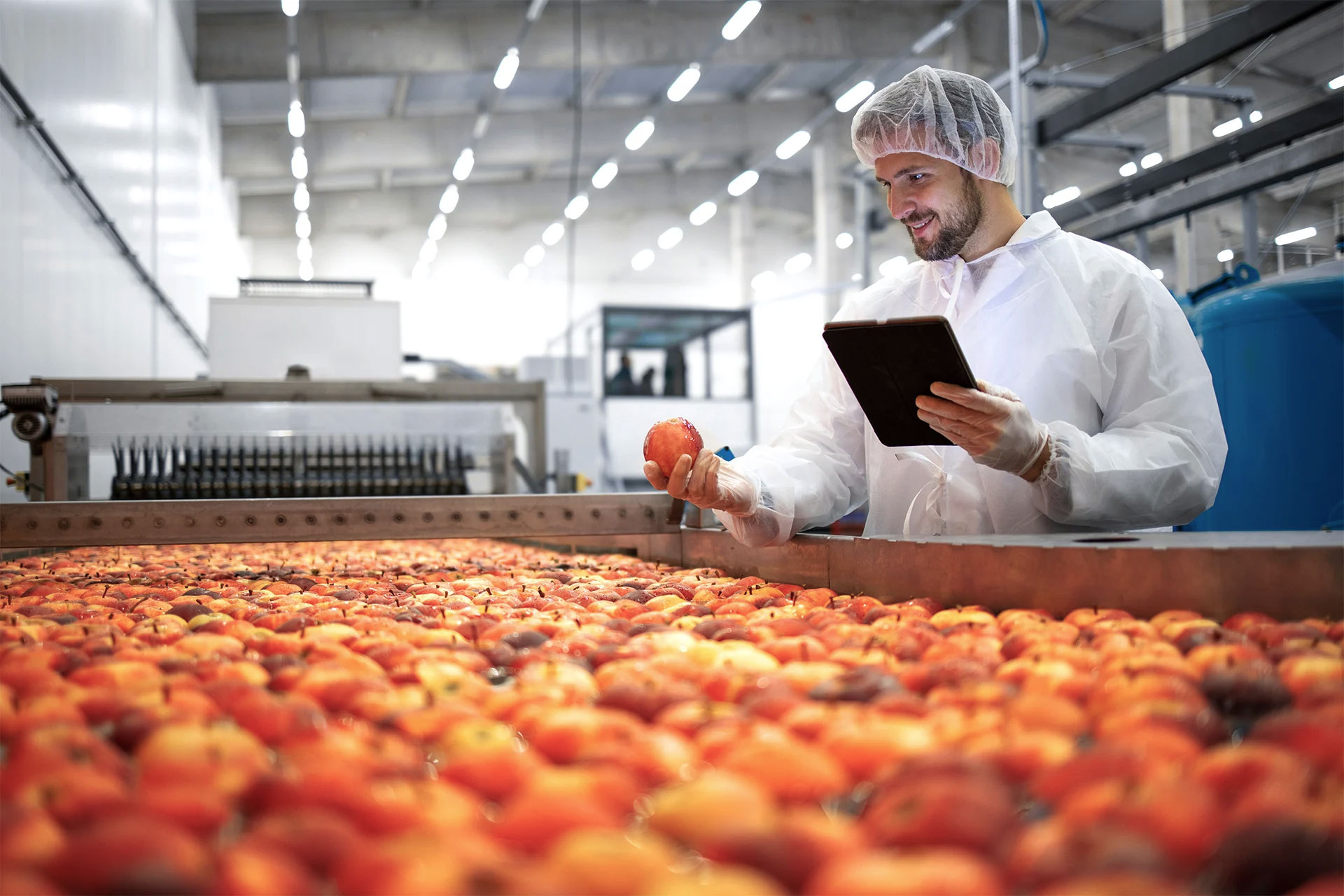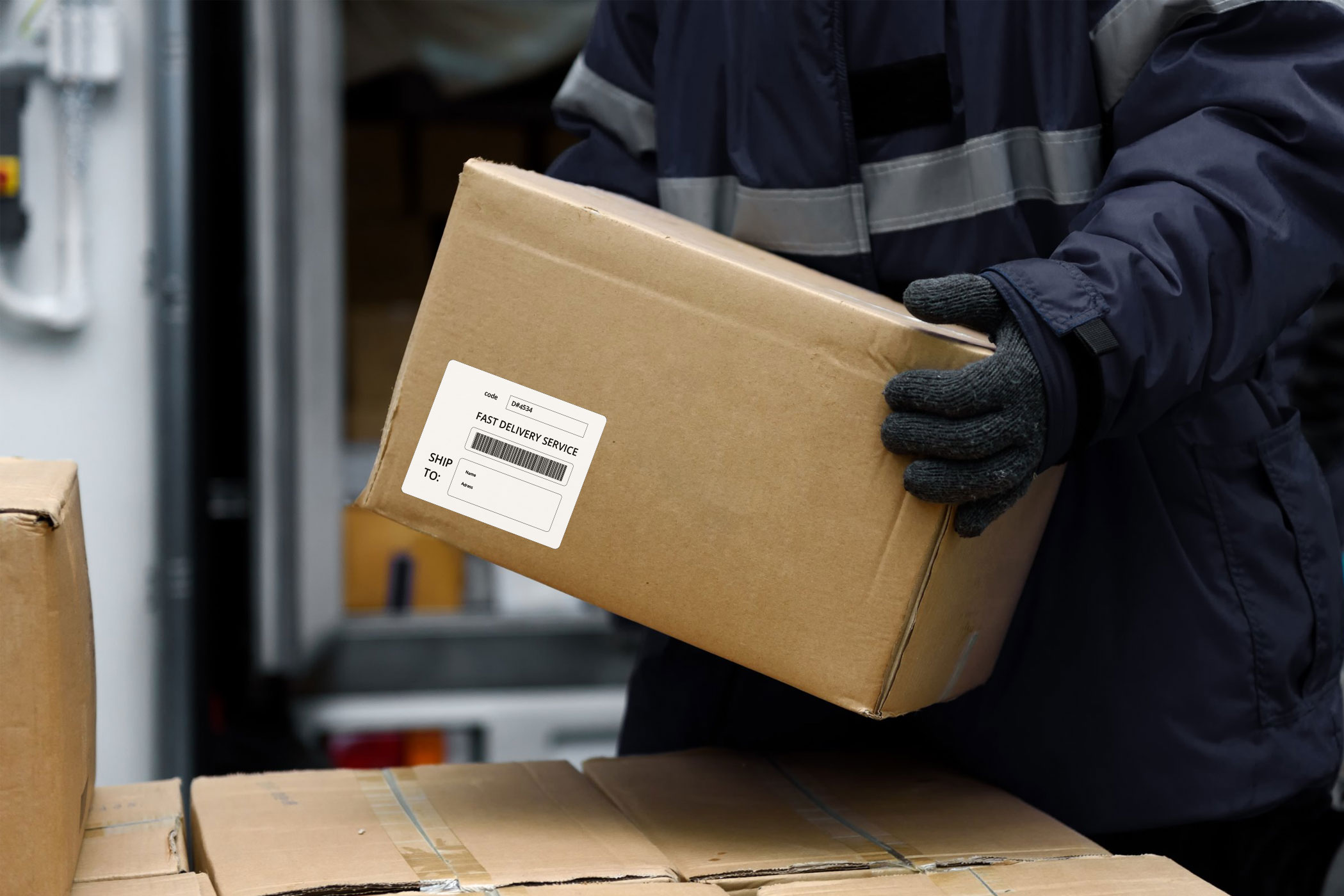The massive growth of the international food trade has generated new challenges in relation to product safety along the production chains, and for the consumers as well
As a result, international standards, such as ISO 9001 and ISO 22000, are seeking to steer both the implementation and operation of quality and food safety management systems.
This is because small deviations in quality in large food supply chains can result in thousands of hospitalizations and even deaths.
Therefore, identification and traceability measures for the products in question are always on the agenda.
Today, traceability is a worldwide requirement that seeks to protect consumer health. International quality standards, such as those mentioned above, have helped in this task, since:
- They dilute the effects of deregulation and privatization of public inspection and control services;
- They meet the growing public demand for consumer safety, environmental protection, and social responsibility;
- They deal with the acceleration of innovation and technological convergence across the industry;
- They create a production chain prepared to deal with crime, possible natural disasters and global pandemics.
So, get to know the ISO 22000 standards and in particular the ISO 22005:2007 standard, responsible for providing the requirements for a traceability system to be implemented for food and animal feed.
ISO Family 22000: The quest for more efficient management

The International Organization for Standardization (ISO) is the organization responsible for creating global standards that foster good management practices and lower barriers in general trade.
ISO 22000:2018 is the most updated version of one of these standards, responsible for presenting the requirements for the organization of a management system to control safety in food production.
ISO 22000:2018 is applicable to all segments of the food, animal feed, and all types of businesses in the industry.
It is part of the ISO 22000 Family, which contains many other standards focused on different points of food safety management:
- ISO/TS 22004:2014: is responsible for identifying guidelines for the use of ISO 22000;
- ISO/TS 22002-1:2009: deals with prerequisites related to food production;
- ISO/TS 22002-3:2011: addresses prerequisites specific to agriculture;
- ISO/TS 22003:2013: deals with auditing and certification guidelines;
- And ISO 22005:2007: talks about traceability in the supply chain.
Understand the requirements of ISO 22005:2007
ISO 22005:2007 defines traceability as “the ability to trace the history, application, or location of what is being considered.
This standard’s main objective is to guide companies through the process of documenting the history of their products and relevant components within the supply chain. In short, it means establishing mechanisms that allow full data traceability of the location and origin of the product and its components, at any time and all along the production and distribution chain.
According to ISO 22005:2007, it is mandatory to identify:
- the objective of the traceability system;
- the regulatory requirements that must be met in each territory;
- the products or components/inputs to which each company’s system applies.
The standard demands the determination of
- the position of the business within the food and feed production chain;
- the information that must be gathered from suppliers about each product and its history;
- procedures that assist in the management of traceability information;
- the necessary documentation for the system’s objectives.
It also points out the need to document, coordinate and synchronize the movements within the chain, and the system updates in line with the relevant performance indicators.
The Traceability System helps food and feed supply chain organizations achieve their goals by determining the history and location of any relevant product or input.
Traceability in the food chain

The immediate result of traceability implementation is that, during the production process, all components relevant to the analyzed product are properly mapped.
To deploy an efficient system, it is important to have a good plan in order to reduce future operational interference.
Once deployed and functioning, there are gains to be had from:
- Safety control;
- Systematic process management;
- Optimized information documentation;
- Efficient communication between business partners
- Improvements in internal analyses and in the production chain.
What are the traceability benefits for product quality and consumer safety?
Essentially, more accurate quality control. If the end product presents non-conformities, tracing the origin of the problem can happen quickly, helping the business to apply a suitable solution in a shorter time span.
Food recalls and the requirements of RDC No. 24
If recalls are necessary, a complete traceability system allows you to recall problematic product batches from the market with greater precision and less harm to the consumer.
But beware! The RDC No. 24, issued by the National Health Surveillance Agency (Anvisa), requires all companies to implement a Product Recall Plan that records and identifies the partners immediately before and after the production chain, in addition to the products received and distributed.
You can access the regulation, check out more technical information, and find out what data must be recorded and kept.
How can having ISO 22005:2007 certification for traceability benefit my company?
The food chain needs to be transparent about its products and information.
A certification in traceability allows your business to convey a more reliable and responsible image by
- Supporting food safety for consumers
- Facilitating quick and less costly recalls
- Or communicating useful information to consumers and other stakeholders, such as government enforcement agencies.
How do I handle the information I collect?

Concerns about consumer safety around the world have been steadily growing. Food poisoning events and other risks can happen when we least expect them. In recent years, food poisoning and other food risks have been a concern for the food production chain in many countries.
Beyond regulatory issues, a robust traceability system ensures that internal data is reliable within a company, which can result in agile responses to potential problems, but above all, it can prevent risk.
In short, the ISO 22005:2007 standard regulates a safer and fairer environment within both manufacturing and retail industries for private quality processes, lowering supply costs.
To access the data collected along the entire production and distribution chain, it is essential to have access to an easy-to-use and reliable portal. This is why you can count on the TrackTraceRX solution and its Traceability Portal.
Consult our specialized team now and find out how our system can become your greatest ally!
We are ready to help you and your business.
{{cta(‘c53b7ee2-ee57-447b-89ef-0e1eddd533c0’)}}




